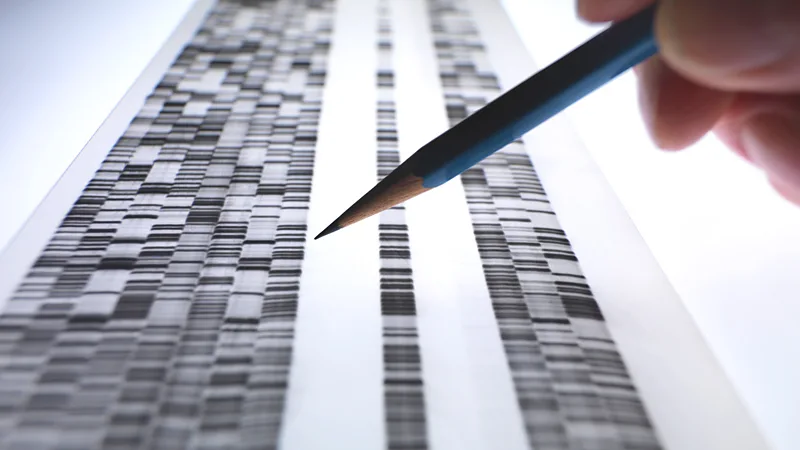Among the three billion letters that make up our genetic code, scientists have been trying to identify novel sections that could be crucial in the development of disease ever since the Human Genome Project was deemed complete in 2003.
Numerous genome-wide association studies, or GWAS, have been published, finding genetic variations linked to various chronic disorders. Technology that can now more quickly and cheaply analyze whole genome samples has made this possible.
This has shown to be the easy part, which is frustrating for a lot of geneticists. The much more difficult task is realizing their relevance.
For instance, whereas GWAS has detected DNA regions linked to inflammatory bowel disease at 215 distinct chromosomal locations, researchers have only been able to determine the precise processes at play for four of these regions.
One of the main obstacles is that a large number of these DNA fragments are located in regions of the genome known as “gene deserts,” which at first glance seemed to contain nothing significant—genetic “junk” that could be ignored. Considering that a large portion of the remaining 98% of the human genome is undefined, less than 2% of it is devoted to encoding the genes that make proteins.







